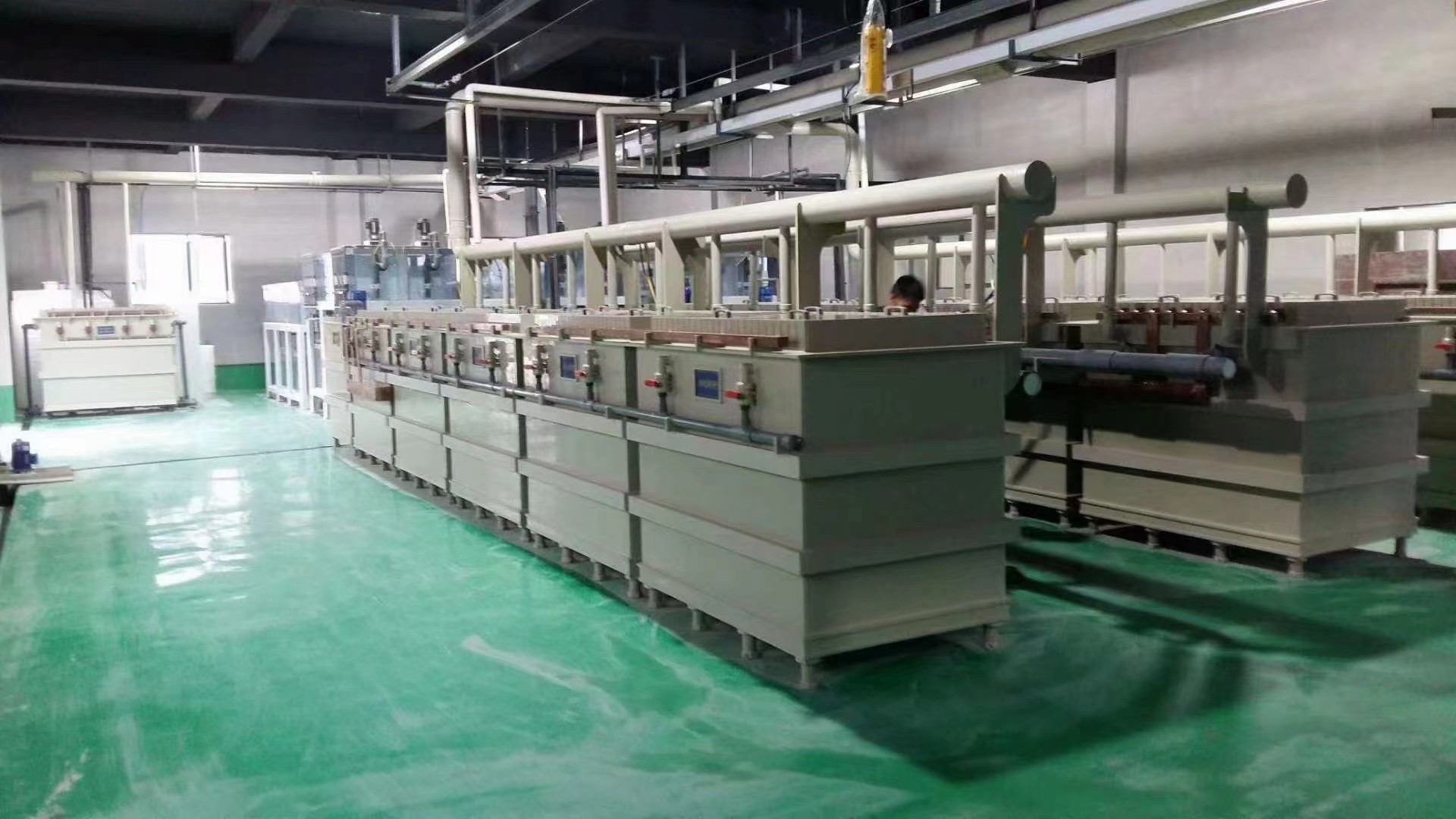NEWS&EVENTS
Home > News&Events > Company news > The development process of electrolytic tin by electrolytic equipment
Electrolytic refining of crude tin is a commonly used method for purifying tin. It uses electrolytic equipment to convert impure crude tin solution into high-purity tin to meet the requirements of various industrial and military applications. But first, a rectangular furnace or reverberatory furnace, electric furnace, etc. is needed for smelting. Electrolytic refining technology of crude tin has become one of the mainstream processes in the tin processing industry.
Common impurities in crude tin include iron, copper, arsenic, antimony, lead, bismuth and silver. They can be removed to the allowable limit in one electrolytic operation. Electrolytic refining of crude tin began in the early 20th century. In 1915, the Perth Amboy Plant of the American Smelting and Refining Company used silicofluoric acid electrolyte to electrolyze and refine crude tin. In 1917, it switched to a mixture of silicofluoric acid and sulfuric acid. In 1920, sulfuric acid and phenolsulfonic acid electrolyte were used. The Brazilian Tin Company smelter and the Guangzhou smelter in China successively used sulfuric acid and cresolsulfonic acid electrolytes to electrolyze and refine crude tin in 1964. Alkaline electrolytes were used later, and now only Capel in the UK. Pas Tin Refining uses sodium stannate alkaline electrolyte to electrolyze and refine crude tin.

Electrolytic refining of crude tin refers to the process of converting impure crude tin solution into high-purity tin using electrolytic technology. This process usually involves electropolarization on a lead matrix or a stainless steel matrix, so that the tin is oxidized and dissolved at the anode, and then precipitated at the cathode, thereby achieving the purification of tin. Electrolytic refining technology for crude tin has become one of the mainstream processes in the tin processing industry, with the advantages of high production efficiency and high product purity.
The principle of electrolytic refining of crude tin is based on the charge properties of substances and the difference in their migration speed in an electric field. In the electrolytic refining process, the impure tin solution is used as an electrolyte, and an external electric field is applied under certain conditions to oxidize and dissolve the tin ions at the anode, and then precipitate at the cathode, thereby achieving the purification of tin. In this process, the electrochemical reaction rate of impurities is slower than that of tin, so efficient and accurate purification of tin can be achieved by controlling the process parameters of electrolytic refining of crude tin.
Tin refining is the process of treating tin by physical and chemical methods to remove impurities and improve its purity. In the smelting process, electrolytic equipment plays a huge role